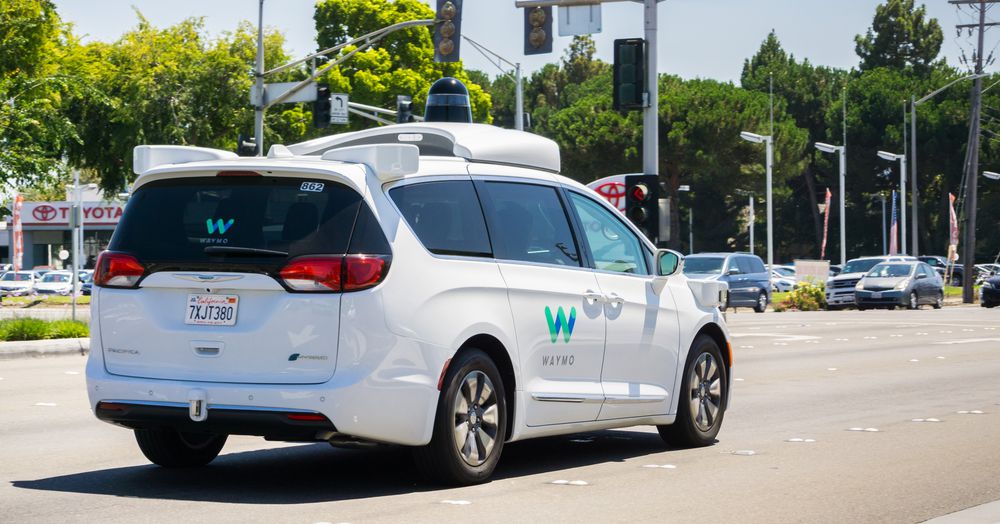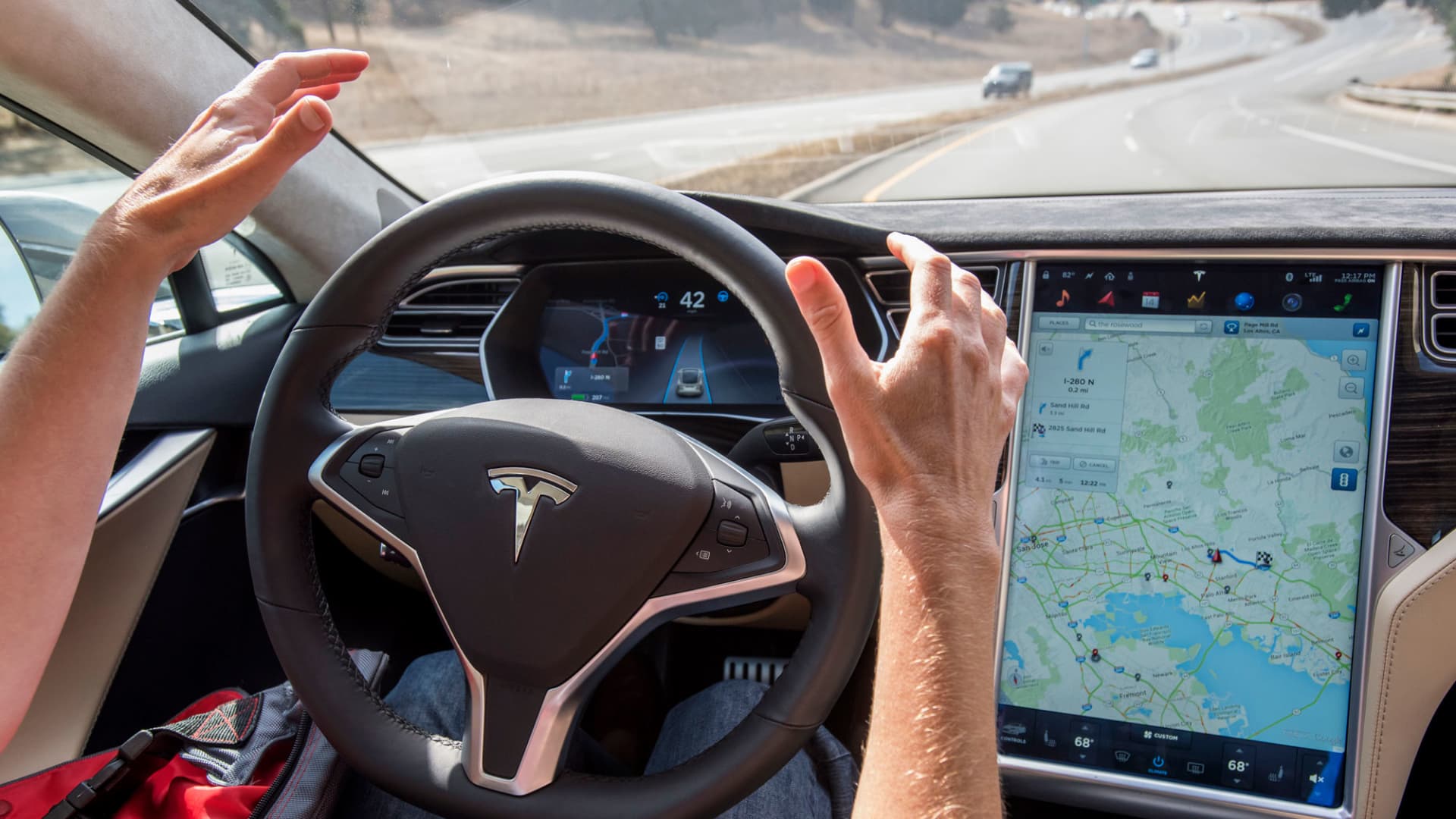What we really need to know is - how long does it take Waymo to expand to n+1 city. That will determine whether they can ever be successful.
We only have 2 data points since Waymo has only expanded a ride-hailing service to 2 cities so far but those data points do already show a downward trend.
Waymo started autonomous testing in Chandler: 2017
Waymo deployed driverless in Chandler: 2020
Time: 3 years
Waymo started autonomous testing in SF: 2021
Waymo deployed driverless in SF: likely 2022
Time: 1 year
So 1 year after deploying driverless in Chandler, they were able to expand from testing to driverless in a 2nd city in just 1 year instead of 3 years. That is significant progress. The time it is taking Waymo to expand to n +1 city is decreasing. If the trend continues, eventually the time to expand to n +1 city will be small enough that Waymo can indeed to be successful.
And really it should not be surprising that the time to expand to n +1 city will decrease with each new city. It stands to reason that Waymo is going to learn and improve both their FSD capabilities and their efficiency at deployment with each new city.
So the question is not how long does it take to expand to n +1 city. That number will change over time. The real question is how quickly can Waymo decrease the time to expand to n +1 city to something realistic and scalable. So far, the trend looks promising.
And, Waymo has been doing "mapping + manual testing" in NYC now for 5 months. It will be interesting to see how quickly they get to driverless in NYC once they start actual autonomous testing. That will give us a 3rd data point to see how the trend is going. I predict Waymo will start autonomous testing in NYC this year.
I do think NYC will be another big milestone because once Waymo can do driverless in a dense urban environment like NYC, they will be one step closer to being able to scale in almost any driving environment. So I would expect the time to expand to n + 1 city to decrease even more after they "solve" NYC.
How would geographically determined full self-driving be called? By this I mean:
- in between cities, with traffic driving in the same direction, fully autonomous good enough for you to play games, do some reading, take a nap. IMO, already challenging enough, although some might call this fine-tuned cruise control.
- within urban areas, probably long before you even enter the freeway system around cities, automatic switch (a sort of ILS) to fully manual mode, since assisted drive is too hazardous.
Those would both be L4, just with different ODD attached to them.
Remember that the SAE levels don't include the ODD since it is not realistic to do so. The levels only specify the role of the driver. So for L2-L4, you need to specify both the level and the ODD in order to give a complete description of the automated driving system.





